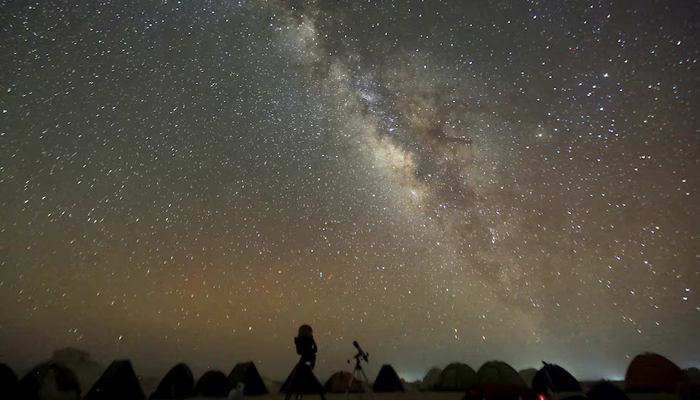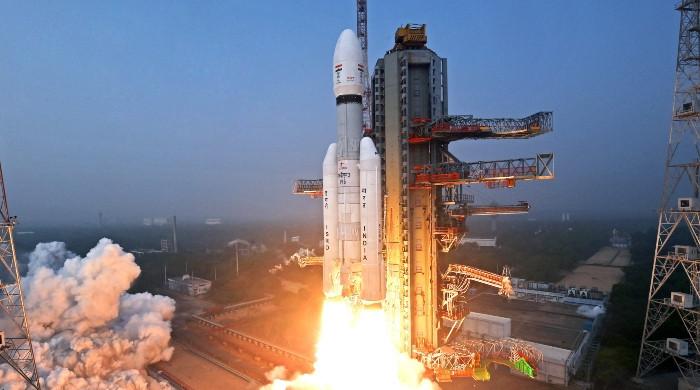'Impossible' black holes may have formed in early epochs of Big Bang
Observations from JWST reveal that dark abysses existed a few hundred million years after Big Bang
November 23, 2024

Black holes, thought to be formed during the early period of the universe, may have birthed as tiny “seeds” at the dawn of the Big Bang, a new study reveals.
Black holes only form when massive stars die. Those stars need to form, live, die, and then birth black holes.
However, observations from the James Webb Space Telescope (JWST) revealed that these dark abysses existed at the edge of the cosmic dawn or a few hundred million years after the Big Bang and the first stars and galaxies started to come into being, according to LiveScience.
A paper from the Journal of Cosmology and Astroparticle Physics suggests that these giant black holes may have been born early in our universe.
Renowned scientist Stephen Hawking proposed in the 1970s that it is possible that the universe produced several black holes in the early epochs of the Big Bang.
Hawking further explained that they would have been born directly from matter and energy compressed and released during the explosion and the subsequent birth of our universe.
He also suggested that they would dissolve slowly through what is known as Hawking radiation and be visible in the present.
Extensive surveys and research have not found evidence of those early black holes so even if they exist, it is possible that they only amount to a tiny fraction of matter in the universe.
The researchers also found that the supposed “tiny fraction” of black holes could have grown over 100 million years and if they found themselves surrounded densely by the collections of matter, they could have absorbed enough energy and material to reach the supermassive status in which the JWST observed them.
This takes another turn as those black holes would not have grown after the formation of the first stars and their deaths but rather alongside them. This idea, for now, is just a hypothesis.









